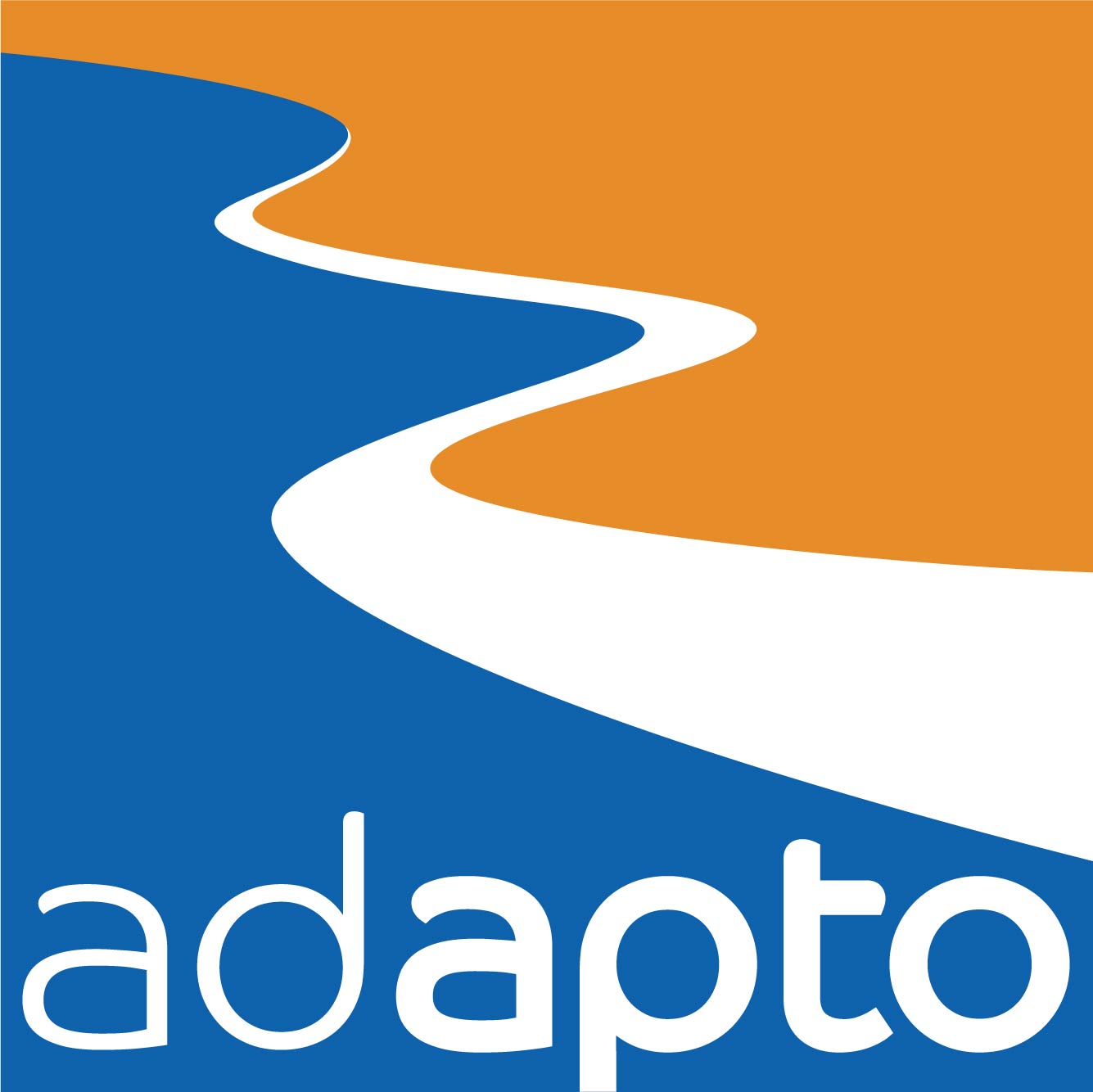Economic analysis: The economic component of the project is an evaluation of the economic benefits of the prospective management of sites subject to coastal erosion or submersion. The results of this evaluation will be one of the elements presented during the consultation and mediation processes in connection with the promotion of this management method to other territories.
Methodology: The first phase focuses on evaluating the ecosystem services in the Conservatoire du littoral’s experimental sites. During a second phase, two scenarios, one using adaptive caoastal management and another one using hard engineering management of the coastline will be evaluated after a 15-year period.
Biodiversity monitoring: The adapto project is based on a dynamic conception of the land-sea interface, in which natural environments evolve with climatic events or management methods implemented. It is therefore essential to know the existing habitats and the predictable impacts of the changes on these habitats in order to foresee their evolution and adapt management methods to protect biodiversity.
Social perception study: A monitoring of the social perception will be carried out on each site with a common methodology at the beginning and at the end of the program, through surveys.
According to the progress of the implementation of the project on each site, a study of the social perception will be carried out in several phases: a first phase of observations and a second phase of socio-anthropological analysis.
The aim of this social perception study is to evaluate and analyze local actors’s actions in the political and social issues of the region concerned by the project.
Work and landscape monitoring: A photographic monitoring of the 10 sites is planned in order to provide a database with information on the evolution of works, sites and their landscapes.
The phase of works is an important stage of the project and of the coast management in general. Considering the works undertaken, it is important to monitor and to attest to the results of the management choices, not only from an ecological point of view, but also to communicate on the works.
The evolution of the landscape in time and in regards to the works undertaken will be highlighted by pictures. Photographic campaigns will be carried out before, during and after the completion of the works.
Morphological monitoring of the Golo Delta and the Vieux Salins of Hyères:
The objective of this action is to follow the morphological evolution of the sites and the dune bar following their rehabilitation in order to assess the results of adaptive coastal management of the dune bar.
Golo Delta
Two areas are of particular interest: a stretch of 2.5 kilometres long of coastline in Pineto Poretta (Borgo) with 1 row of fences and another stretch of 2.06 kilometres long in Mucchiatana (Venzolasca) with, at both ends of the site, pedestrian barriers (fences are not used here) installed in the 1980s.
Are set up for this site:
- a scheduled morphological monitoring (topographic surveys - GPS, drone/photogrammetry-, morphological and photographic observations) and an event monitoring (following the occurrence of an extreme weather event).
- an analysis of the recent evolution of the site following its management and the impact of the actions carried out to protect the dune bar will be assessed.
Vieux Salins of Hyères
The monitoring of the site over 4 years is planned in order to characterize:
1) the morphodynamics of the current shoreline with the rip-rap revetment, before the demolishing works start, and
2) the evolution of the coastline and of the beach following the removal of the structure. This monitoring will be carried out with two methods:
- a survey of the coastline position for the entire area and the survey of 4 or 5 topographic profiles along the coast.
- a topographic survey using a drone.

